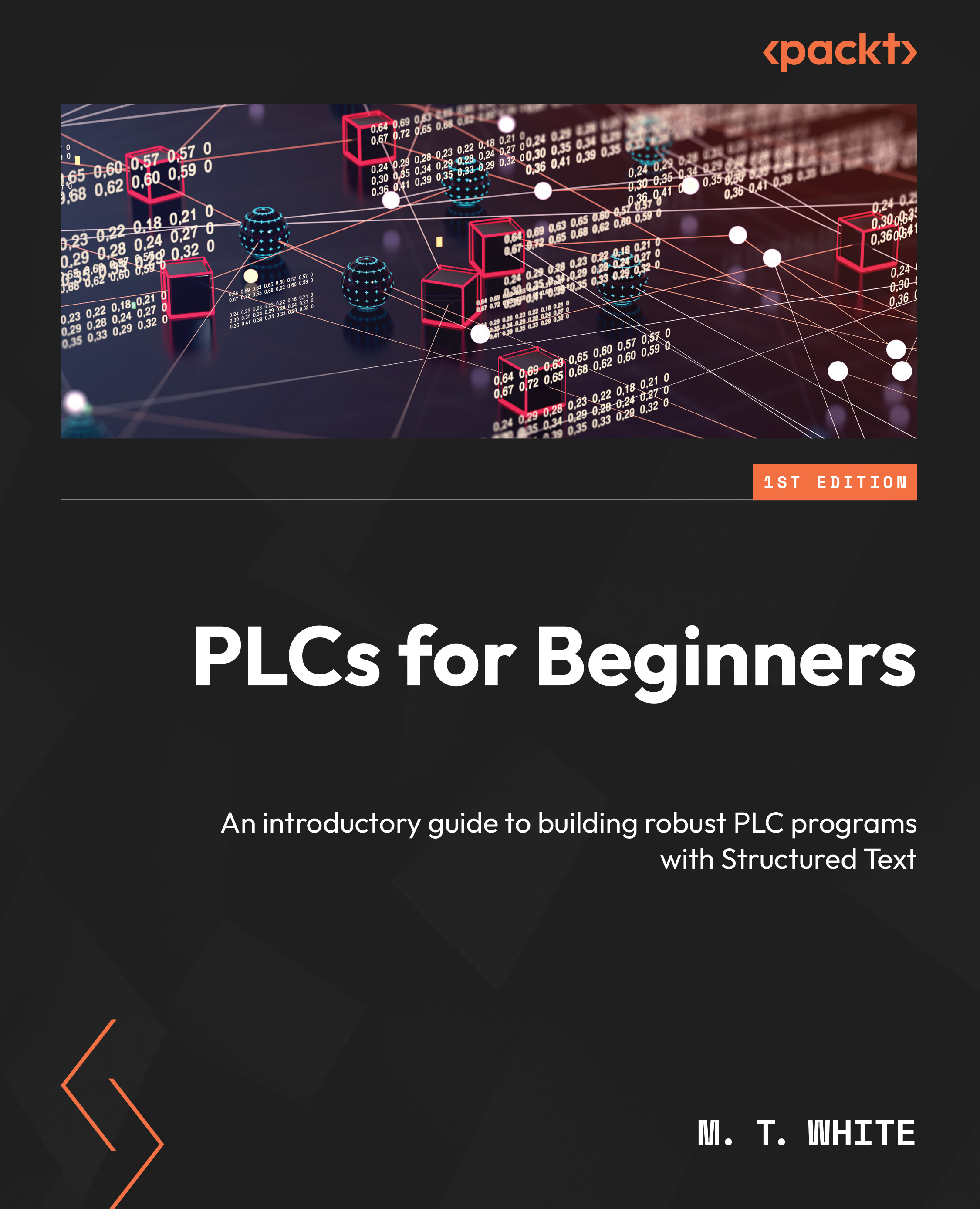Rising and falling edges
A lot of functionality will depend on what is known as a rising or falling edge. In the most lay sense, a rising or falling edge can be thought of as some type of user action such as pressing or releasing a button. This may seem trivial, but this is very important. For example, consider a counter; it needs to know when to increase. For some applications, the incrementation may need to occur during a button release, and for others, it will need to occur during a button press.
Conceptually, a rising and falling edge can be seen graphically in Figure 10.1:

Figure 10.1 – Rising and falling edge
Essentially, a rising edge can be thought of as a rise to the peak voltage such as pressing a button to create a closed circuit. On the other hand, a falling edge is a discharge from a positive voltage to 0v when a button is released, and the circuit is opened.
Note
A rising edge is the result of something such as a switch closing...


























































